In order to develop a more thorough understanding of natural resources in our service area, the Teton Regional Land Trust implemented an ecological monitoring program in 2003. This program has grown over the years, and incorporates bird monitoring surveys and a native trout spawning surveys. The ecological monitoring program informs the Land Trust’s conservation planning, land protection, restoration priorities and outreach.
Working with agencies and partners, the Land Trust has identified geographic priorities for monitoring based on the ecological importance of the area to sustain the region’s biodiversity. Currently, we have identified the Henry’s Fork River corridor, the South Fork Snake River corridor and Teton Basin as priority areas for ecological monitoring. These areas are designated as Important Bird Areas (IBAs); therefore, bird monitoring is a principal goal of our monitoring efforts. Bird species are indicators of an ecosystems’ health and ecological monitoring in our service area will further empower our efforts to protect multiple use private properties (agricultural, recreation and wildlife habitat) within this landscape.
Past ecological monitoring projects have included:
- Waterbird monitoring along the Henry’s Fork of the Snake River and the Teton River
- Songbird monitoring along the South Fork of the Snake River and in Teton Basin
- Long-billed curlew surveys in Teton Basin
- Marshbird surveys in Teton Basin
- Yellowstone cutthroat trout surveys in Teton Basin
The Teton Regional Land Trust’s current ecological monitoring program includes:
- Sandhill crane surveys in Teton Basin
- Summer residency Trumpeter swan surveys
Conservation funding sources (federal, state and private) increasingly require specific information on the impacts that their conservation/restoration investments have made to key wildlife species. Teton Regional Land Trust believes a comprehensive monitoring program that provides informative feedback is key to guiding future conservation strategies for sustaining priority species and their habitats.
Through our continued monitoring efforts, the Land Trust has built upon baseline data gathered at the initiation of each survey. It is the intention of the ecological monitoring program to enhance our knowledge by continuing to collect information in the coming years, and to identify new landscapes and resources where information may be lacking.
Ecological monitoring provides a chance to explore exceptionally rich and diverse landscapes throughout the Teton Regional Land Trust’s service area. We are always looking for help from volunteers and invite people with ecological monitoring, data collection or data entry experience to contact the Land Trust. To help, contact us at tamara@tetonlandtrust.org or call (208) 354-8939.


